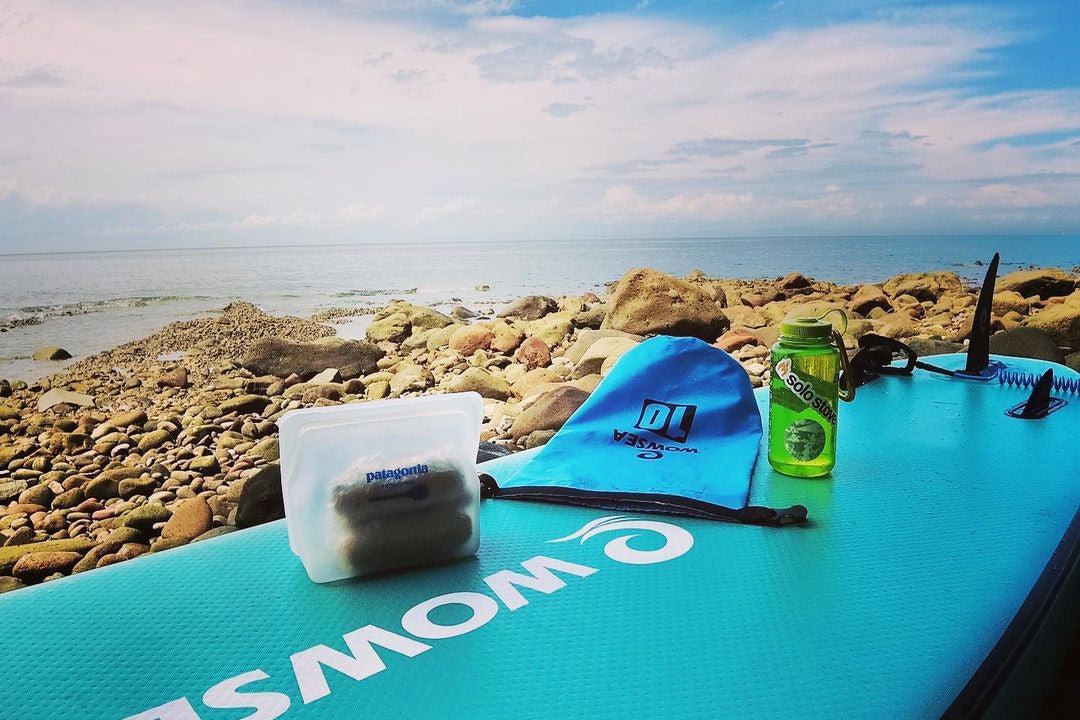
Essential Hydration Tips for SUP: A Comprehensive Guide
Stand-up paddle boarding (SUP) is an increasingly popular water sport with fun and low-impact workouts. As with any physical activity, staying hydrated is essential for optimal performance and enjoyment. This article provides essential hydration tips for SUP paddle boarders, ensuring you remain energized and healthy during your paddling sessions.
Bit about the Importance of Hydration
Like any other sport, paddle boarding requires physical exertion, generating heat. Our body sweats to dissipate this heat to maintain a stable core temperature. This process depletes our body's water reserves, making hydration a critical component of a successful paddling session. Dehydration can lead to fatigue, dizziness, cramping, and in severe cases, heatstroke. By staying properly hydrated, you'll be able to paddle longer and more efficiently, reducing the risk of injury and enhancing your overall experience.
Determine Your Specific Hydration Needs
A good starting point for maintaining proper hydration is consuming at least half your body weight (in pounds) in ounces of water daily. However, this baseline may vary depending on climate, physical exertion, and individual differences. Consider consulting with a healthcare professional to determine your specific hydration needs.
Maintaining Hydration during Your Time on the Water
Start your day with a water glass and continue to hydrate throughout the day before your SUP session. Consuming an additional 16-20 ounces of water 1-2 hours before paddling can provide a solid foundation for maintaining hydration during your time on the water.

Investing the High-Quality Hydration System
Investing in a high-quality hydration system can make all the difference in your SUP experience. Options include:
- Hydration backpacks: These wearable hydration systems allow for hands-free drinking, making it easy to stay hydrated while paddling.
- Insulated water bottles:Keeping your water cool and refreshing in the hot sun is essential for a pleasant SUP experience. Opt for an insulated, leak-proof water bottle that can be secured to your board or stashed in your gear.
- Collapsible water containers:These lightweight and compact options can be easily stowed in your gear, ensuring you have water on hand when needed.
Make a conscious effort to take regular sips of water throughout your SUP session. A rule of thumb is to take 7-10 ounces of water every 10-20 minutes of paddling. When you feel like drinking water, you may already be dehydrated.
Replenish Electrolytes
When you sweat, your body loses essential electrolytes, such as sodium, potassium, and magnesium. These minerals are vital in regulating muscle contractions, maintaining fluid balance, and preventing cramping. Consuming sports drinks or electrolyte-infused water can help replenish these essential nutrients. However, be mindful of the sugar content in sports drinks, as excessive sugar intake can lead to dehydration.
Monitor Your Hydration Status
Keep an eye on the color of your urine as a simple and effective way to gauge your hydration status. Pale, straw-colored urine typically indicates proper hydration, whereas dark yellow or amber-colored urine may signal dehydration. Additionally, pay attention to any signs of dehydration, such as headache, dizziness, or excessive fatigue, and take immediate action to rehydrate.

Rehydrating After A SUP Session
Rehydrating after a SUP session is as important as maintaining hydration during the activity. Aim to drink at least 16-24 ounces of water within the first hour after paddling to help replace the fluids lost during your session. Continue to hydrate throughout the day to ensure your body recovers fully.
Adapt to the Environment
The weather and climate can have a significant impact on your hydration needs. In hot and humid conditions, your body will lose more fluids through sweat, necessitating increased water intake. Similarly, dehydration can still occur in cold weather, as the body works harder to maintain core temperature. Adjust your hydration strategy accordingly to suit the environmental conditions.
Stay Attuned to Your Body's Signals
Every individual is unique, and your hydration needs may differ from those of others. Consider your body's needs and make adjustments as needed. If you experience cramps, fatigue, or other symptoms of dehydration, take a break and rehydrate before continuing your SUP session.
Maintain Adequate Hydration Levels
In addition to drinking water, consuming water-enriched foods can contribute to your overall hydration. Fruits and vegetables like watermelon, cucumber, oranges, and strawberries are excellent choices to incorporate into your diet to help maintain adequate hydration levels.
Limit Alcohol and Caffeine Consumption
While a refreshing alcoholic beverage or coffee might seem appealing after a SUP session, these substances can act as diuretics, increasing fluid loss and exacerbating dehydration. Opt for water or electrolyte-infused beverages to help restore hydration levels after paddle boarding.
Water Quality Matters
The water quality you consume can impact your hydration and overall health. Choose clean, filtered water whenever possible, and avoid drinking water from sources with potential contaminants. Investing in a portable water filter or purification system can be a practical solution when paddling in remote locations or unsure of the water quality.
Incorporate Hydration-Boosting Supplements
Certain supplements can help support your body's hydration efforts. Oral rehydration salts, which contain a balanced blend of electrolytes, can be mixed with water to create an effective hydration solution. Additionally, supplements like magnesium and B vitamins can help support energy production and muscle function during your SUP sessions, further enhancing your performance on the water.
Plan Your Route Wisely
When planning your SUP route, factor in your hydration needs by identifying available water sources and rest stops. This will allow you to refill your hydration system or take breaks as needed, ensuring you always have water access during your paddle.

Determine The Optimal Balance For Your Unique Needs
Each person's hydration requirements vary depending on body size, activity level, and environmental conditions. To create a personalized hydration formula, start by keeping a detailed log of your water intake, activity duration, and intensity, as well as any symptoms of dehydration. Over time, you can adjust your hydration plan based on your observations to determine the optimal balance for your unique needs.
Conclusion
Proper hydration is essential for peak performance and ensuring an enjoyable SUP experience. Following these tips, you'll be well-equipped to stay hydrated and make the most of your time on the water. Remember to listen to your body, stay attuned to environmental conditions, and prioritize hydration as a key component of your SUP routine. With proper hydration, you'll be able to paddle longer, reduce the risk of injury, and enhance your overall stand-up paddle-boarding experience.
Recent Articles
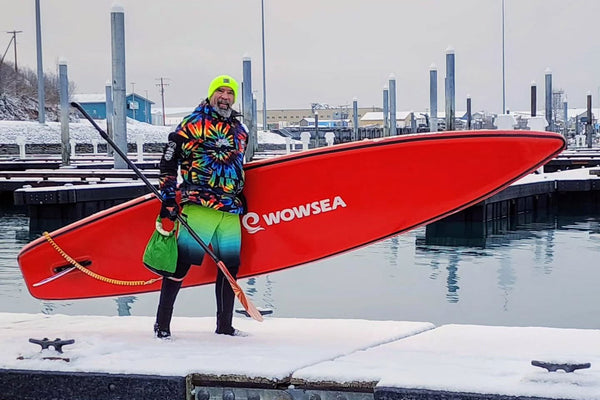
Tips for Keeping and Using Inflatable Paddle Boards in Winter
Let's talk about how to use and maintain inflatable stand-up paddleboards (SUPs) in winter. We’ll cover equipment checks, how to dress properly, choosing the right safety gear, and paddling techniques. With the right preparation and exploration, you can create unforgettable water adventure memories this winter!
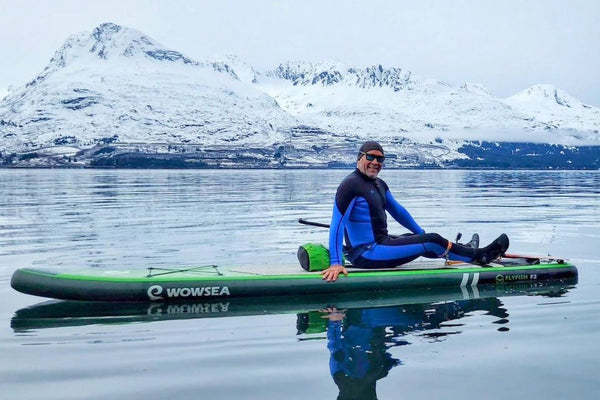
Cold Weather, Warm Spirits: Inflatable Paddle Boards' Winter Wonderland
By navigating icy waters on your inflatable board with a focus on safety, you can discover the profound silence and stark beauty of the winter waterways, all while keeping fitness levels high and spirits invigorated.
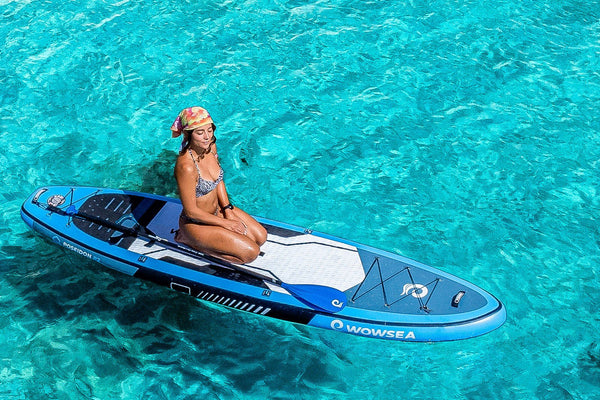
How to Incorporate Meditation into Your SUP boarding Routine
SUP boarding is not merely a recreational pursuit but a holistic journey—where the water becomes a canvas for meditation, and each stroke becomes a brushstroke in the masterpiece of mindful living.
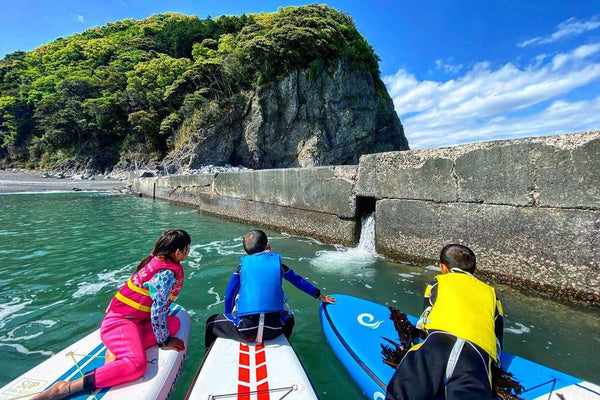
A Comprehensive Guide to Family Stand-Up Paddleboarding Adventures
From choosing the perfect board and accessories, overcoming challenges, and building confidence in young paddlers to capturing memories through photography and exploring family-friendly paddleboarding destinations, the WOWSEA SUP experience is rich with opportunities for bonding, learning, and creating cherished memories.
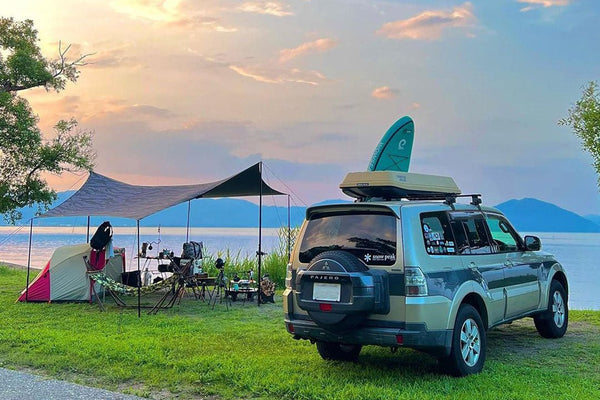
How to have an overnight Multi-Day SUP Trips and Camping (2)
The Complete Guide to Paddleboard Travel and Camping: Pack your gear, set up camp, and get ready to create lifelong memories on the water with WOWSEA SUP boards.
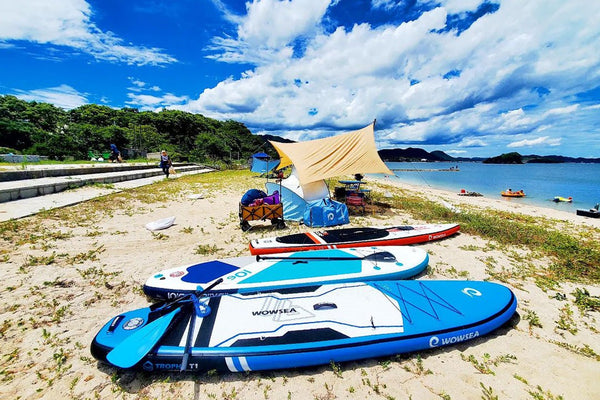
How to have an overnight Multi-Day SUP Trips and Camping (1)
The allure of multi-day trips and camping with SUP boards lies in the freedom to explore remote and untouched locations. This opens up a world of possibilities for adventurers who crave solitude, tranquility, and an intimate connection with nature.
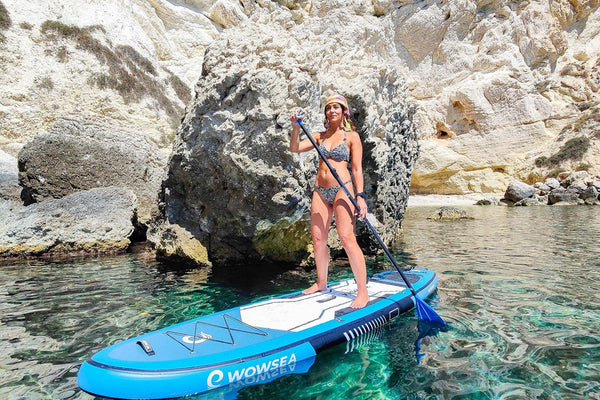
Exploring the Beauty of Nature with WOWSEA Inflatable Paddle Board: A Guide for Tourists
With the WOWSEA Inflatable Paddle Board, tourists can embark on unforgettable adventures and experience the beauty of nature in a whole new way.
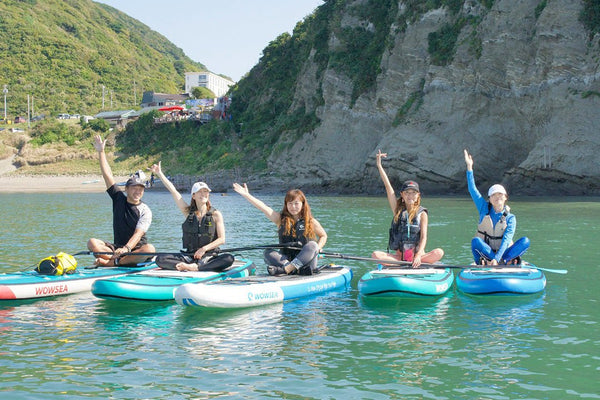
How to Paddleboard with a Group - Games and Activities
Group paddleboarding games and activities are a fantastic way to bond with others, have fun, and make the most of your time on the water. They provide opportunities for friendly competition, teamwork, and exploration, enhancing the overall experience of your paddleboarding adventure.

Share